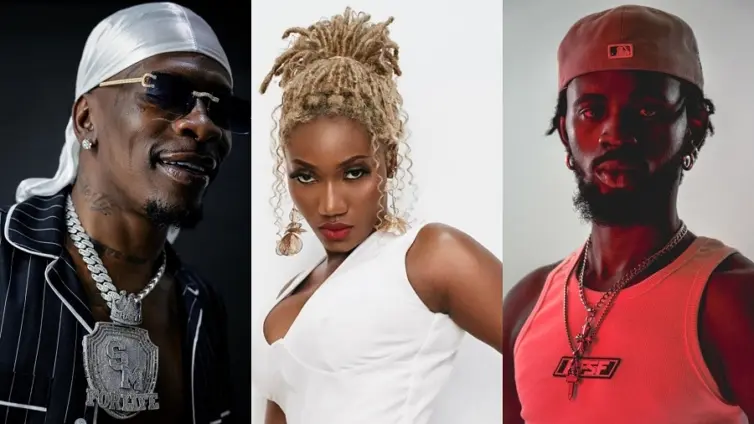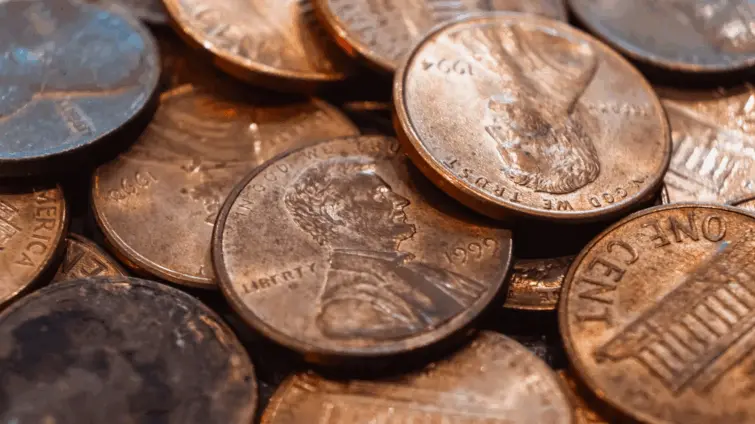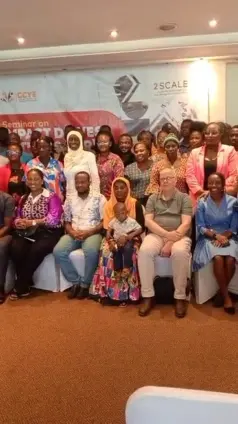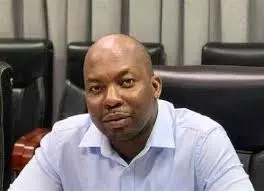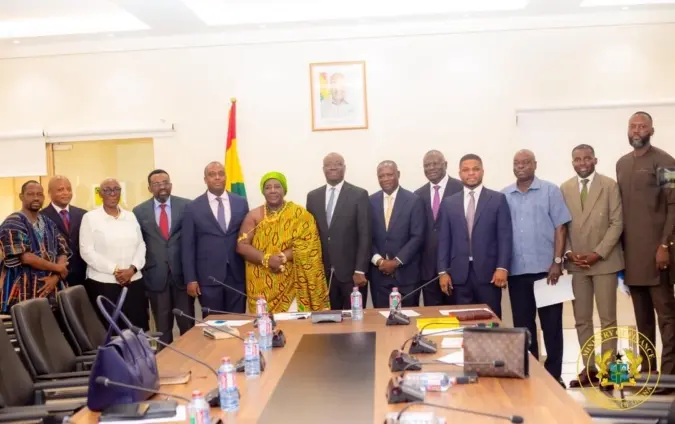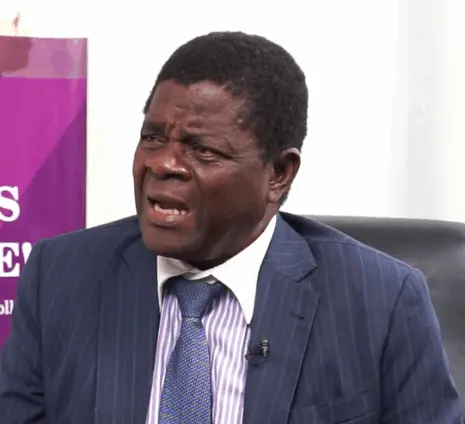The vibrant sounds of Ghana’s music scene are echoing across the globe, with Afrobeats rhythms and captivating melodies captivating audiences. But behind the viral hits and international recognition lies a complex web of costs, royalties, and often, frustrating schemes. The true price of a chart-topping song in Ghana is far more intricate than many realize, involving a substantial investment of resources, strategic connections, and sheer determination. This article delves into the economics of the Ghanaian music industry, exploring what it really takes to create a hit song, and the challenges artists face in securing fair music royalties.
Ghana’s musical journey, from the highlife era of E.T. Mensah to the contemporary sounds of Sarkodie and Shatta Wale, reflects a rich history of innovation and cultural expression. The advent of digital platforms and the global rise of Afrobeats have propelled Ghanaian music onto the world stage. The industry is now valued at an estimated $150 million, with projections indicating a 10% annual growth rate leading up to 2020, underscoring the immense potential and increasing appeal of Ghanaian music.
Creating a hit song in Ghana demands more than just talent; it requires significant financial investment, the right connections, and a well-defined strategy. As video director REX and producer Richie Mensah have pointed out, navigating the Ghanaian music industry is a multifaceted challenge, demanding a deep understanding of its intricacies. A closer look at the core cost factors—production, video, and marketing—reveals the financial realities that artists must confront.
The foundation of any hit song lies in its production and recording. Securing a beat can range from GH₵ 2,000 to $10,000, contingent on the producer’s stature. While underground producers offer more affordable options, established names like MOG Beatz command higher fees due to their proven track record. Studio time at top-tier facilities can further escalate expenses, costing around GH₵ 2,000 per hour. These initial investments form a crucial foundation for the song’s potential success.
Music videos have become indispensable tools for transforming songs into blockbusters. In today’s visual-centric world, an A-list music video can easily start at $10,000, while high-end productions can range from $70,000 to $100,000. The investment reflects the importance of creating a compelling visual narrative that resonates with audiences and elevates the song’s overall impact.
Effective marketing is paramount to ensuring that a song reaches its intended audience. Promotion through social media ads, influencer marketing, and radio and TV airplay is essential for generating buzz and driving streams. Marketing budgets can vary widely, with regular campaigns costing around GH₵ 50,000, medium-scale efforts requiring GH₵ 150,000, and extensive campaigns demanding upwards of GH₵ 500,000.
Despite the growing popularity of streaming platforms, Ghanaian artists often receive meager royalties. On platforms like Spotify and Apple Music, they may earn approximately GH₵ 0.05 per stream. GHAMRO, the Ghana Music Rights Organisation, plays a crucial role in collecting and distributing royalties, but its effectiveness has been a subject of debate. While GHAMRO has paid out GH₵ 11,199,755.12 to over 4500 beneficiaries since 2017, the average payout of approximately GH₵ 355.5 per year is often insufficient to sustain artists. The pursuit of fair music royalties remains a central challenge for many in the Ghanaian music industry.
Beyond the financial aspects, the Ghanaian music industry faces significant hurdles. Piracy continues to plague the industry, costing it over GH₵ 10 million annually. Limited infrastructure, including a lack of affordable studios and rehearsal spaces, further restricts opportunities for artists. The issues surrounding royalties and revenue, marked by a lack of transparency and fair distribution, exacerbate these challenges.
Addressing these issues requires a multifaceted approach. Investing in accessible studios and rehearsal spaces can help build beat hubs that foster creativity and collaboration. Strengthening copyright enforcement is crucial for combating piracy and protecting artists’ intellectual property. Improving GHAMRO’s transparency and efficiency can ensure fairer royalty distribution. Implementing music business training programs can equip artists with the knowledge and skills they need to navigate the complexities of the industry.
Ghana’s music industry possesses immense potential for growth and international success. By addressing the backstage issues that hinder its development, the industry can pave the way for a more sustainable and equitable future. The real cost of a hit song includes not only financial investment but also the courage, craft, and relentless hustle required to overcome these challenges.
The Ghanaian music industry presents both challenges and opportunities. Improvements in royalty distribution, infrastructure, and copyright protection are essential for fostering a thriving and equitable environment. By supporting Ghanaian artists through streaming and advocating for fair practices, fans and industry stakeholders can contribute to a more sustainable future for the industry. Ultimately, the true price of a hit song reflects the collective effort required to overcome obstacles and unlock the full potential of Ghana’s musical talent.
Image Source: MYJOYONLINE

